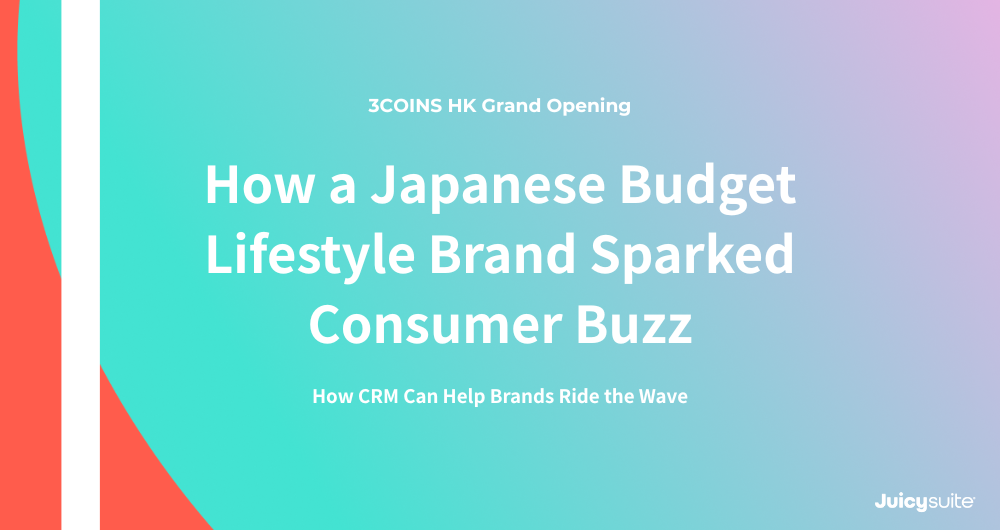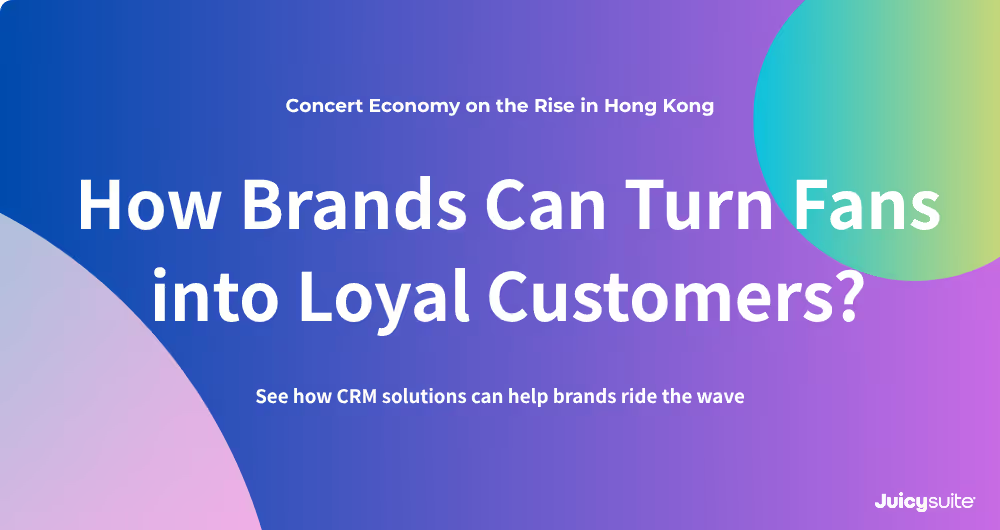【CRM Strategy】Identify High-Value Customers with RFM Analysis
%20(300%20x%20200%20%E5%83%8F%E7%B4%A0)%20(1000%20x%20530%20%E5%83%8F%E7%B4%A0)%20(6).avif)
Customer segmentation is the process of grouping your audience based on shared attributes like age, gender, behavior, and income. This helps businesses tailor marketing strategies for each segment.
For instance, a nanny service targeting working moms would segment their database to find women aged 25–45 with a steady income who are actively engaging with parenting content. By continuously sharing relevant, personalized content, the brand builds stronger engagement and long-term trust, increasing the chances of converting them into loyal customers.
This example highlights why personalized CRM content based on user interest and behavior is so critical. But when resources are limited, how do you decide which segments to prioritize? That’s where the RFM model comes in.
What Is the RFM Model?
The RFM model is a customer segmentation framework based on three behavioral metrics that help businesses identify their most valuable customers. RFM stands for:
- Recency: How recently a customer interacted (e.g. last purchase, signup, or website visit). The more recent the activity, the higher the likelihood of continued engagement.
- Frequency: How often the customer makes a purchase within a given time. Repeat buyers are more likely to become loyal customers.
- Monetary Value: The total amount spent by the customer. High spenders are often the most profitable and are critical to business growth.
Why Use the RFM Model?
The RFM model is essential for strategic CRM and retention marketing. It allows businesses to identify:
- High-value segments with strong purchasing power
- Frequent buyers likely to become brand advocates
- Active customers with potential for long-term loyalty
Marketers can then design CRM strategies such as reward points, tiered memberships, or targeted re-engagement campaigns to increase retention and reduce churn.
For example, if RFM analysis reveals that previously loyal and high-spending customers haven’t interacted in a while, brands can trigger exclusive offers, free trials, or limited-time perks to win them back.
RFM also helps tailor strategies:
- Encourage frequent buyers to spend more.
- Build loyalty among high spenders to boost repeat purchases.
What Industries Can Use the RFM Model?
The RFM model is highly applicable across various sectors, especially those with large customer bases, including:
- Retail and E-commerce
- Financial Services
- Food & Beverage
- Hospitality and Travel
With so many customers and touchpoints, it's essential to rank customer value and manage relationships strategically.
Implementing RFM: The Role of Data Management & Analysis
To execute an RFM strategy successfully, robust customer data management is vital. Brands need to collect and clean data on purchase timing, frequency, spending, browsing behavior, and session duration.
Marketers must ensure data consistency and compatibility to calculate RFM scores accurately. After identifying high-value segments, businesses can:
- Rank customer tiers
- Personalize content and offers based on habits
- Create more targeted and strategic loyalty programs
JuicySuite: Your Partner in Unified Data and CRM Strategy
JuicySuite offers a complete data management solution that helps brands unify cross-platform customer data through Data Unification and CRM integration. Our tools enable:
- Cross-system data collection
- Customer profile unification
- RFM segmentation analysis
- Visual dashboards and actionable insights
If you want to maximize your CRM investment and build a customer-first strategy, JuicySuite can help you make data-driven decisions that drive ROI.
Get in touch for a free consultation and discover how other businesses have boosted loyalty using our all-in-one platform.


